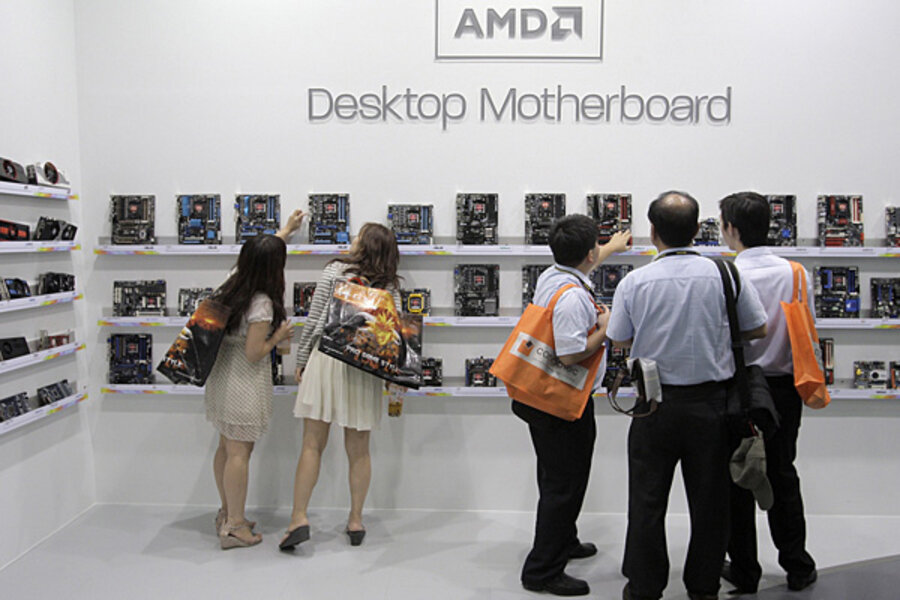Need a new laptop? Try AMD, save money.
Loading...
These days it's easy to find any number laptop deals. Between back-to-school sales and falling consumer demand, notebook prices are at all-time lows. Furthermore, today's technology is so advanced that even last year's processors are still able to meet nearly all general computing needs.
However, for the truly cash-strapped who are in need of a laptop that can get online and smoothly stream some of those HD Netflix movies, there's one more laptop buying tip that we've left for last — a tip that can slash up to 38% off your final price.
Intel Dominates the Market, But AMD Is Up to 38% Cheaper
There's no denying that when it comes to laptops, Intel owns the market. While AMD's processors have generally trumped Intel's CPUs in terms of graphics performance, Intel's Core series processors have outperformed AMD in every other test. In addition, with each CPU refresh Intel's integrated graphics have managed to ever so slightly close the gap between the two. As a result, Intel has dominated the laptop industry not just this year, but since the days of the Core 2 Duo.
However, AMD is far from doomed. Its APUs have boasted excellent graphics, power efficiency, and most importantly price. While Intel has concentrated on performance, AMD has dominated the budget market. Over the past year, our listings of 15" AMD dual-core systems have been, on average, 31% cheaper than 15" Intel dual-core systems, with prices at $251 versus $383, respectively. (Oddly, Intel's Core i3 systems have at times been pricier or equal to Intel's Core i5 deals, so for our purposes we compared AMD E- and A-series notebooks to the cheapest Core i3 or Core i5 laptops we could find for each month.) And some months the savings on AMD laptops reached as much as 58% over its Intel cousins.
That said, AMD's systems don't always stand toe-to-toe with Intel's laptops. For instance, prior to the release of Windows 8, most of the AMD systems we listed included a mere 2GB of RAM and a 320GB hard drive, whereas dual-core Intel systems we listed included 4GB of RAM and a minimum 500GB hard drive. It wasn't until after the release of Windows 8 that the majority of AMD systems jumped to the standard 4GB of RAM, while Intel systems slowly crept up to 6GB.
The same can be said of quad-core systems. For the past year, AMD's quad-core laptop deals have been 38% cheaper than Intel's quad-core deals, with an average price of $359 against Intel's $590. Again, AMD's systems typically came with just 4GB of RAM, whereas Intel's quad-core systems generally included 6GB, and on a few occasions up to 8GB. Regardless, the savings are substantial, and to date, deals on Intel quad-core machines haven't come close to matching the low prices of AMD's best quad laptops.
Cheap AMD Laptops Deals
Scoring a deal on a budget AMD system isn't hard, as we list many of them in any given month. This summer, the average price for an AMD dual-core system has been $262, whereas the average price of a quad-core system has been $350. If shopping for the former, look for specs that include 4GB of RAM and a 320GB hard drive. On the quad-core front, 6GB of RAM seems to be the max; a 4GB, 320GB hard drive setup is the norm.
Of course, these deals don't always last long, so the best plan of action is to set up an email alert for the AMD configuration you want; we'll notify you as soon as a deal is posted to the site.
Louis Ramirez is a senior features writer at dealnews.com, where this article first appeared. Original article: http://dealnews.com/features/Opt-for-AMD-Instead-of-Intel-and-Save-Up-to-38-on-Your-Next-Laptop/793878.html







